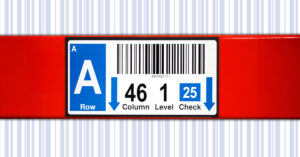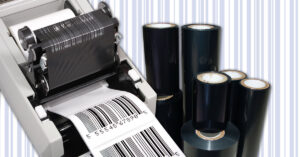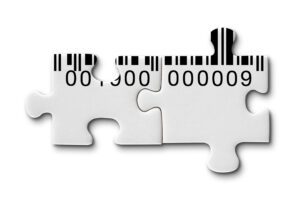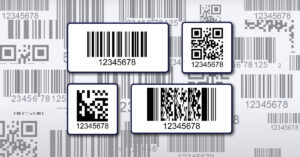Well, this isn’t a way-out piece of artwork or some new pattern for linoleum. It’s a QR (Quick Response) Code!
The key to the QR Code is that it can be read by anyone with a Smartphone and a simple barcode reader application. The phone takes a picture of this “matrix” or patterned barcode, translates the code and shows the user what information is in the barcode. If you are in a store, you can scan a price tag on a piece of merchandise and find out immediately who else sells it in your area and what their prices are. Some QR codes contain a hyperlink (like ours does above) that takes the user directly to a company’s website or to an order form page. Thanks to its flexible encoding features, the QR Code lets you even download links to film clips, coupons and special files.
Do You Know What This Is?

Two dimensional barcodes (2D) are also gaining popularity as more companies need larger storage capacities but have smaller places to put labels.
Older “linear” bar codes resemble a picket fence (or ladder if they are positioned vertically). They use a single dimension―the width of the bars and spaces―to read and decipher the code. The height of the bars only provides what is called “redundancy” or more real estate for easier scanning. The problem is that when you add more data to these lineal codes they get longer, eventually getting too big. Single dimension barcodes work well for labels with little content such as asset serial numbers or price tagging. Here at EIM, we often refer to a lineal barcode as a “license plate” which doesn’t mean much until you use it to access your database where you keep a lot of other information.

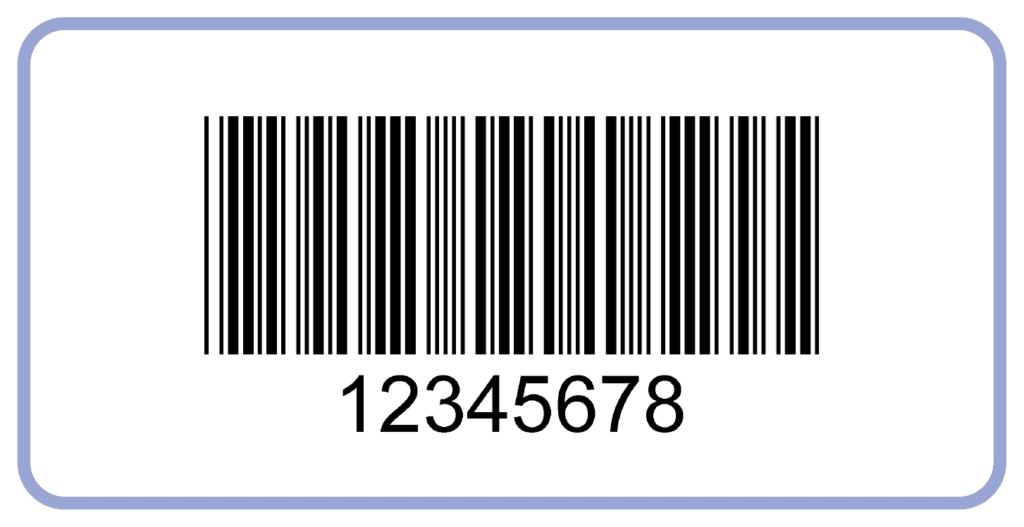
In contrast, 2D barcodes incorporate both the vertical and horizontal dimensions of a code (and thus their name). The graphical look of a 2D barcode is created by different patterns of dots, squares, circles, hexagons, and other geometric shapes. Often square in shape, 2D codes can store thousands of characters and are great space-savers for companies trying to incorporate a lot of data in their barcodes with limited room for labels. They are ideal for applications such as hospital patient identification or mailing addresses where information needs to move with an item.

One of the most popular “matrix” codes is Data Matrix that can store about 2000 characters. This code looks a bit like a checkerboard and a quick way to recognize it is to look for square black and white “cells” or modules and solid black lines located on two adjacent sides of each module which are used by scanning software to find the label orientation. Data is read by the positions of the black dots, rather than the dimensions of the dots since the dots all have the same dimension. This high density code is very popular in parts marking in the electronics and automotive industries as well as for document storage and in the health industry. Datamatrix, like all matrix codes, requires a special imaging scanner such as our Symbol DS6708 that essentially takes a picture of the code to translate it.
Another popular 2D code is PDF417, which is a type of “stacked” bar code adopted by the travel and postal industries. Stacked codes can use a traditional lineal scanner since they are comprised of multiple one-dimensional barcodes stacked one on top of another. This symbology can encode approximately 1,850 characters within four square inches and yet the bars and spaces are read based on thin or thick elements just like traditional lineal codes.
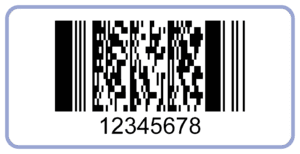
You are probably thinking to yourself, “So what? I’ve got my standard 1D barcode and that is good enough for me.” So what are you going to do if you need to expand the amount of information that you need to include in your labels? That is where 2D barcodes come in. A standard, 1D barcode can only store one or two dozen characters before it gets too cumbersome. A 2D barcode can hold a couple THOUSAND characters of information in the same amount of space!
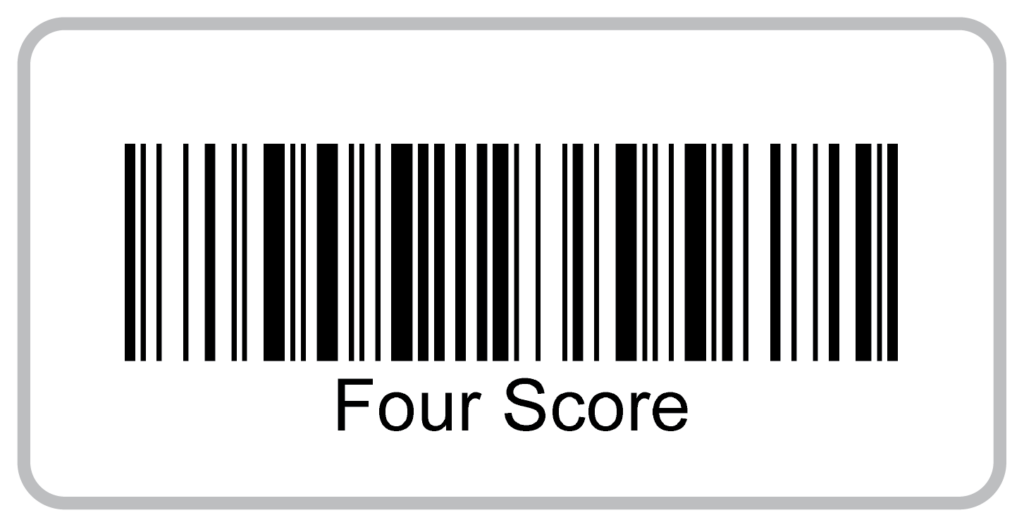
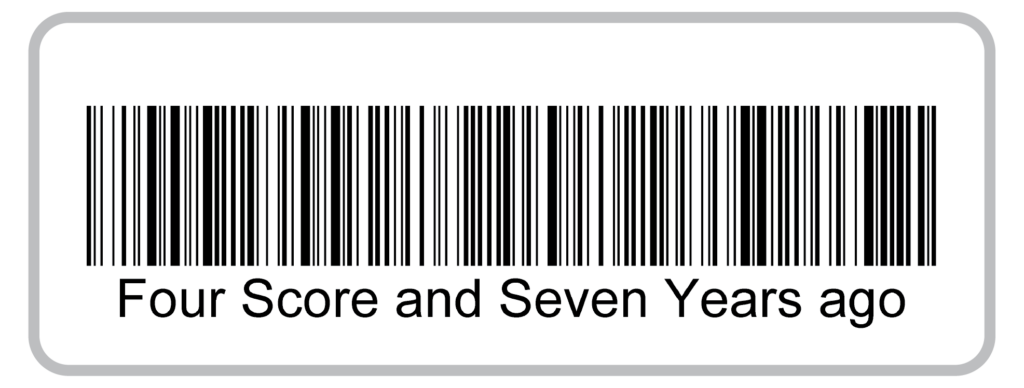

That Data Matrix says…
Four score and seven years ago our fathers brought forth on this continent, a new nation, conceived in Liberty, and dedicated to the proposition that all men are created equal.
Now we are engaged in a great civil war, testing whether that nation, or any nation so conceived and so dedicated, can long endure. We are met on a great battlefield of that war. We have come to dedicate a portion of that field, as a final resting place for those who here gave their lives that that nation might live. It is altogether fitting and proper that we should do this.
But, in a larger sense, we cannot dedicate–we cannot consecrate–we cannot hallow–this ground. The brave men, living and dead, who struggled here, have consecrated it, far above our poor power to add or detract. The world will little note, nor long remember what we say here, but it can never forget what they did here. It is for us the living, rather, to be dedicated here to the unfinished work which they who fought here have thus far so nobly advanced. It is rather for us to be here dedicated to the great task remaining before us–that from these honored dead we take increased devotion to that cause for which they gave the last full measure of devotion–that we here highly resolve that these dead shall not have died in vain–that this nation, under God, shall have a new birth of freedom– and that government of the people, by the people, for the people, shall not perish from the earth.” (Gettysburg Address)
You can not only increase the amount of information you put in your barcodes but unlike lineal codes, 2D barcodes have built in error correction features that let you still scan a barcode if a label gets slightly damaged. Originally designed to handle wear and tear, this also means that certain portions of a 2D barcode can include graphics or color and yet be readable.
EIM can customize your 2D barcode labels with durable materials that resist chemicals, extreme temperatures, and harsh environments. The possibilities are endless. If you are interested in learning more about 2D barcodes and ways to incorporate them in your labels, please contact The Label Experts.

